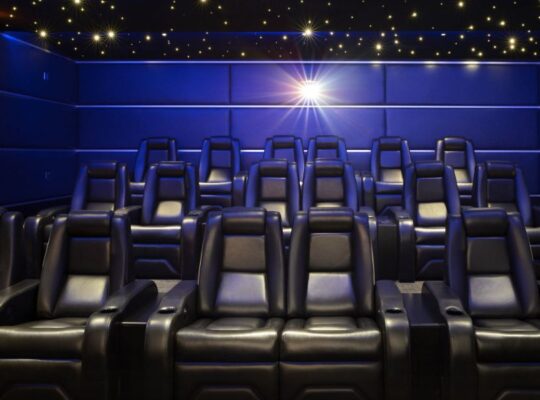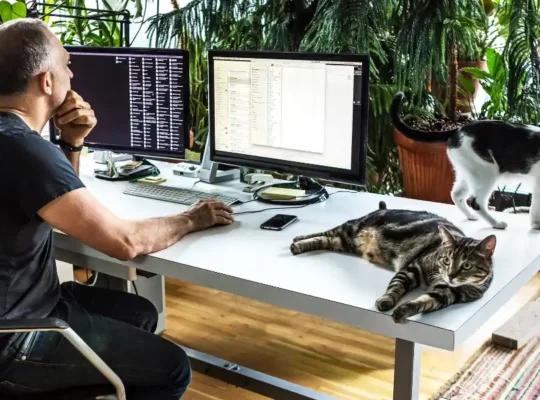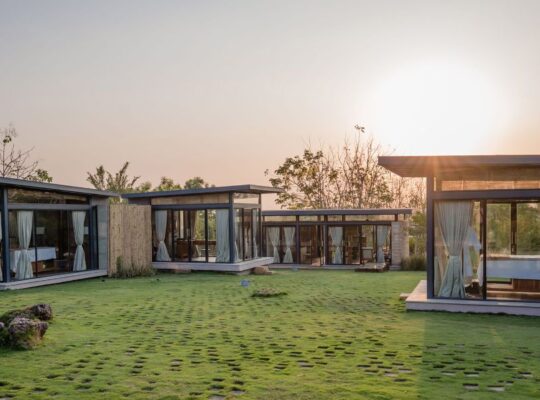In a rapidly evolving world, cultural events have become the bridge between traditions and innovations. The integration of technology into cultural celebrations has not only revitalized these age-old practices but has also created a fusion that appeals to both the old and the new. In this journey through the captivating realm of tech-infused traditions, we'll explore how innovations are reshaping the future of cultural events.
Embracing Augmented Reality (AR)
Enriching Museum Exhibits
Cultural events often involve visits to museums and historical sites. AR-enhanced apps and devices can breathe life into static exhibits, offering visitors a dynamic and immersive experience. By simply pointing a smartphone or AR glasses at an artifact, historical figures and scenes can come to life, making history more engaging.
Reviving Traditional Stories
Through AR storytelling, cultural events can revive traditional folktales and legends. AR apps can overlay animations and digital storytelling on physical landmarks, giving attendees a fresh perspective on age-old tales.
Blending Virtual Reality (VR) with Traditions
Virtual Pilgrimages
For individuals who may not have the opportunity to physically visit cultural landmarks, VR offers a remarkable solution. Virtual pilgrimages enable people to immerse themselves in sacred locations, making it possible for millions to participate in spiritual journeys they might not experience otherwise.
VR Cultural Performances
Imagine attending a cultural performance from the comfort of your home, yet feeling as though you're in the midst of the festivities. VR allows individuals from around the world to witness and participate in cultural events, from traditional dances to religious ceremonies.
Crowdsourcing Preservation Efforts
Digitizing Cultural Artifacts
With the power of the crowd, cultural institutions can embark on ambitious digitization projects. The public can help document and digitize historical artifacts, manuscripts, and artworks, making these cultural treasures accessible to a global audience.
Language and Dialect Preservation
Cultural diversity is often reflected in the rich tapestry of languages and dialects. Crowdsourcing linguistic preservation allows communities to document and pass down their unique linguistic heritage to future generations.
Sustainable Cultural Celebrations
Eco-Friendly Festivals
Cultural events frequently attract large crowds, leading to significant environmental impact. Integrating sustainability into these gatherings, by promoting recycling, minimizing waste, and reducing energy consumption, helps preserve both traditions and the planet.
Green Technology for Historical Sites
Preserving historical sites while minimizing environmental impact is essential. The use of sustainable construction methods, renewable energy, and eco-friendly maintenance practices ensures these sites can be enjoyed by generations to come.
The Future of Cultural Events
The amalgamation of technology and tradition is not without its challenges. Striking a balance between innovation and cultural authenticity can be delicate. However, when done thoughtfully, it can lead to extraordinary cultural events that are more accessible, immersive, and sustainable.
Final Words
Cultural events and technological innovations are no longer disparate entities but are harmoniously blending to create richer, more accessible, and sustainable celebrations. By incorporating live streaming, virtual reality, digital art installations, augmented reality, and language preservation, these events are becoming more inclusive and immersive. Digital archives, accessibility features, sign language interpretation, and eco-friendly technology are further contributing to the preservation of cultural heritage while reducing environmental impacts.
Commonly Asked Questions
Q1: How can I participate in digitizing cultural artifacts?
Many cultural institutions have online platforms where you can volunteer your time and expertise. Look for museums, libraries, and organizations that are open to crowdsourcing efforts.
Q2: What is the significance of augmented reality in cultural events?
AR enhances cultural events by providing interactive and immersive experiences. It bridges the gap between the past and the present, making history and traditions more engaging and accessible.
Q3: Are there any examples of successful eco-friendly cultural festivals?
Yes, numerous cultural festivals have adopted eco-friendly practices. For instance, the Glastonbury Festival in the UK has made significant strides in sustainability by promoting recycling and using renewable energy sources.
Q4: How does VR impact the preservation of cultural heritage?
VR allows people to explore and interact with cultural heritage remotely. It not only makes heritage more accessible but also raises awareness about the need for preservation.
Q5: Can technology help in language preservation?
Yes, technology can play a vital role in preserving languages and dialects. Apps, websites, and community efforts can help document, teach, and revitalize endangered languages.












